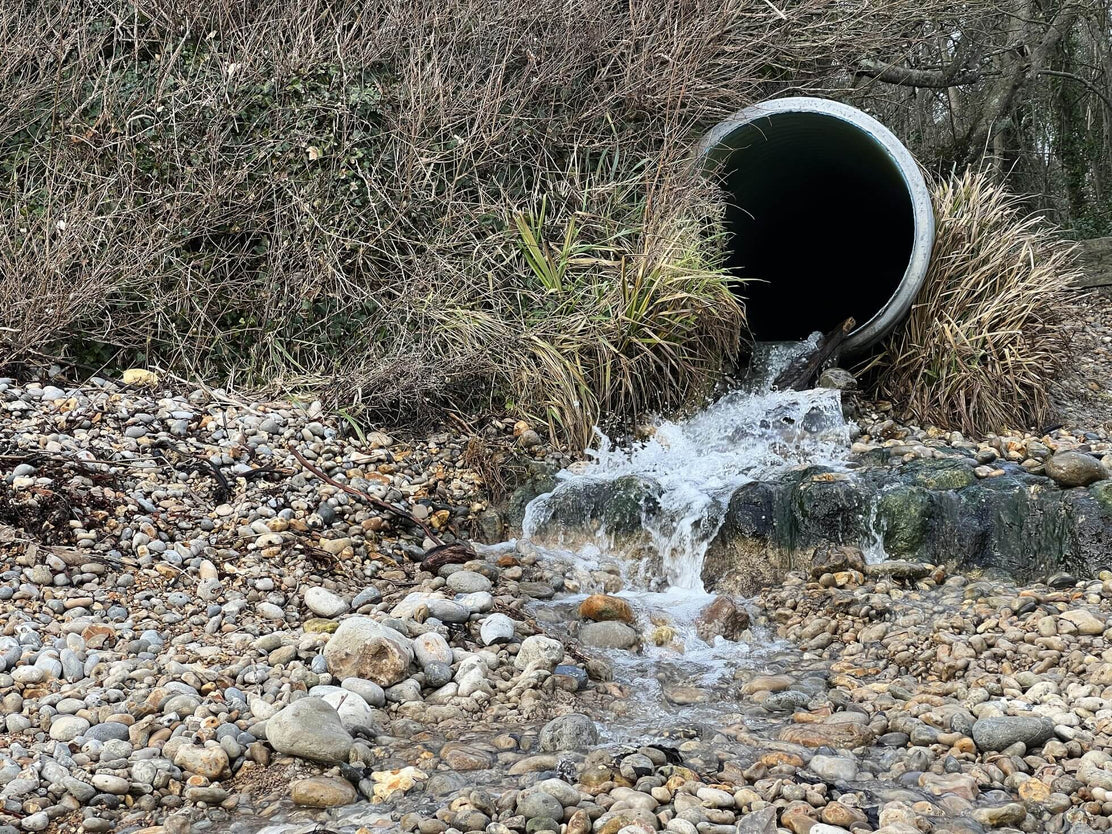Industrial Wastewater Treatment: Customized Solutions for Facility Wastewater Challenges
Wiki Article
Exactly How Fluid Garbage Disposal Functions: A Comprehensive Review of Methods and Technologies Used

Summary of Fluid Waste Kind
The complexity of fluid waste kinds requires a complete understanding of their qualities and ramifications for disposal. Liquid waste can generally be classified into a number of types, consisting of industrial, community, farming, and contaminated materials. Each group shows distinct buildings, requiring certain management approaches to minimize environmental and health and wellness threats.
Industrial fluid waste stems from producing processes and often has a variety of pollutants, such as hefty metals, solvents, and natural compounds. Municipal liquid waste, largely consisting of wastewater from houses and commercial establishments, consists of organic matter, nutrients, and virus (industrial wastewater treatment). Agricultural liquid waste, including overflow from ranches, may contain plant foods, pesticides, and pet waste, posing threats to water quality and ecosystems
Dangerous fluid waste is defined by its poisoning, reactivity, or potential to create damage. Recognizing these varied liquid waste kinds is critical for developing efficient disposal techniques and making sure compliance with environmental regulations.
Physical Treatment Approaches

Testing is the preliminary step, where larger particles and particles are eliminated from the liquid waste using displays or grates. In sedimentation containers, much heavier bits clear up at the base, developing a sludge layer, while the cleared up liquid can be further treated.
Filtration is another vital technique that includes passing the fluid with porous products, such as sand or membranes, to record smaller bits. This action enhances the top quality of the liquid, making it appropriate for succeeding therapy procedures.

Chemical Treatment Strategies
Chemical treatment techniques are important for efficiently managing liquid waste, especially in resolving dissolved and colloidal pollutants that physical methods may not adequately remove. These methods utilize numerous chemical agents to counteract, speed up, or transform dangerous materials into much less harmful kinds.One usual technique is coagulation and flocculation, where chemicals such as alum or ferric chloride are included in advertise the aggregation of put on hold bits. This process enhances sedimentation, enabling for easier elimination of the resulting sludge. Additionally, oxidation procedures, using agents like chlorine or ozone, are used to damage down complex natural compounds and virus, providing the waste safer for discharge or more treatment.
Neutralization is an additional important method, which changes the pH of acidic or alkaline waste streams to neutral levels, protecting against possible damage to downstream systems and the environment. In addition, advanced oxidation processes (AOPs) utilize combinations of oxidants and ultraviolet light to weaken persistent pollutants, achieving a higher degree of treatment performance.
Biological Therapy Procedures
Organic therapy procedures play an important function in the administration of fluid waste by making use of microorganisms to break down raw material and reduce pollutant levels. These processes can be broadly categorized right into cardio and anaerobic treatments, each employing specific microbial communities to achieve reliable waste deterioration.Aerobic therapy entails the usage of oxygen to promote the break down of organic materials by bacteria. This process is commonly applied in triggered sludge systems, where aeration tanks give a favorable environment for microbial development, resulting in the oxidation of natural contaminants. The resultant biomass can be separated from treated effluent via sedimentation.
In comparison, anaerobic therapy happens in the absence of oxygen, counting on various germs to break down raw material. This method is especially beneficial for high-strength waste, as it produces biogas, a renewable resource resource, while reducing sludge production. Technologies such as anaerobic digesters are frequently utilized in industrial and municipal applications.
Both cardiovascular and anaerobic biological treatments not just lessen the ecological impact of fluid waste yet likewise promote resource recovery, making them crucial components of lasting waste monitoring strategies. Their effectiveness, effectiveness, and flexibility sustain their extensive implementation throughout various sectors.
Arising Technologies in Disposal
Ingenious techniques to fluid waste disposal are swiftly evolving, driven by developments in innovation and a raising emphasis on sustainability. Among these emerging innovations, membrane bioreactors (MBRs) have actually obtained grip for their capability to integrate organic treatment with membrane layer filtering, causing top notch effluent that can be reused in different applications. MBRs enable smaller sized impacts and a lot more effective operations compared to traditional systems.One more appealing growth is making use of anaerobic digestion incorporated with nutrient recovery innovations, which not just deals with liquid waste however also produces biogas and recovers valuable nutrients like nitrogen and phosphorus. This double benefit improves resource effectiveness and minimizes ecological impact.
Additionally, progressed oxidation processes (AOPs) are being taken on for the deterioration of complex organic toxins. These approaches make use of effective oxidants and catalysts to break down pollutants at the molecular level, offering a very reliable option for challenging waste streams.
Furthermore, the integration of synthetic intelligence and machine learning in waste administration systems is enhancing operational performance and anticipating upkeep, bring about lowered costs and boosted environmental compliance. These technologies show a substantial change towards more effective and sustainable fluid garbage disposal practices.
Conclusion
In conclusion, liquid waste removal melbourne effective fluid waste disposal requires a comprehensive understanding of different strategies and technologies. By constantly progressing these approaches, it becomes feasible to address the expanding challenges linked with fluid waste, eventually contributing to environmental defense and source healing.Liquid waste disposal is a critical aspect of ecological monitoring, requiring an extensive understanding of numerous methods and innovations tailored to various waste types. Liquid waste can generally be classified right into numerous kinds, including commercial, community, agricultural, and unsafe waste. Agricultural liquid waste, including drainage from farms, may contain plant foods, chemicals, and pet waste, positioning dangers to water top quality and environments.
Various physical therapy approaches play a crucial role in handling liquid waste effectively - industrial wastewater treatment.In conclusion, reliable fluid waste disposal demands a comprehensive understanding of different techniques and technologies
Report this wiki page